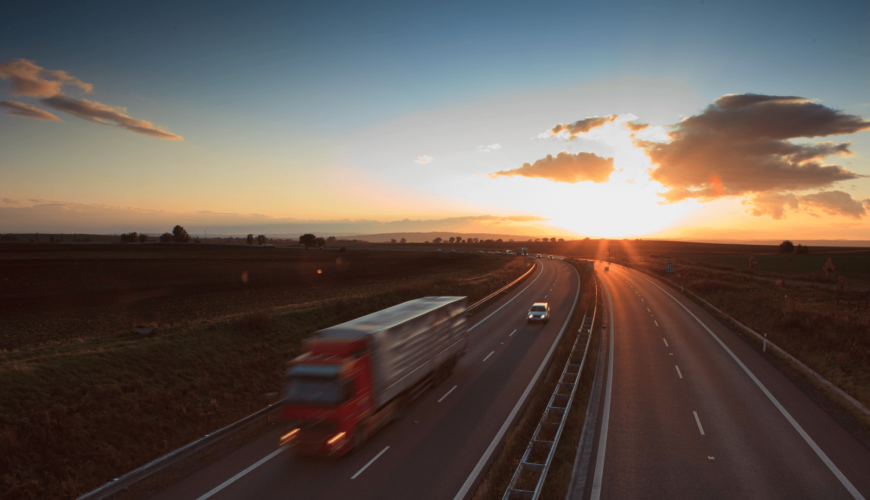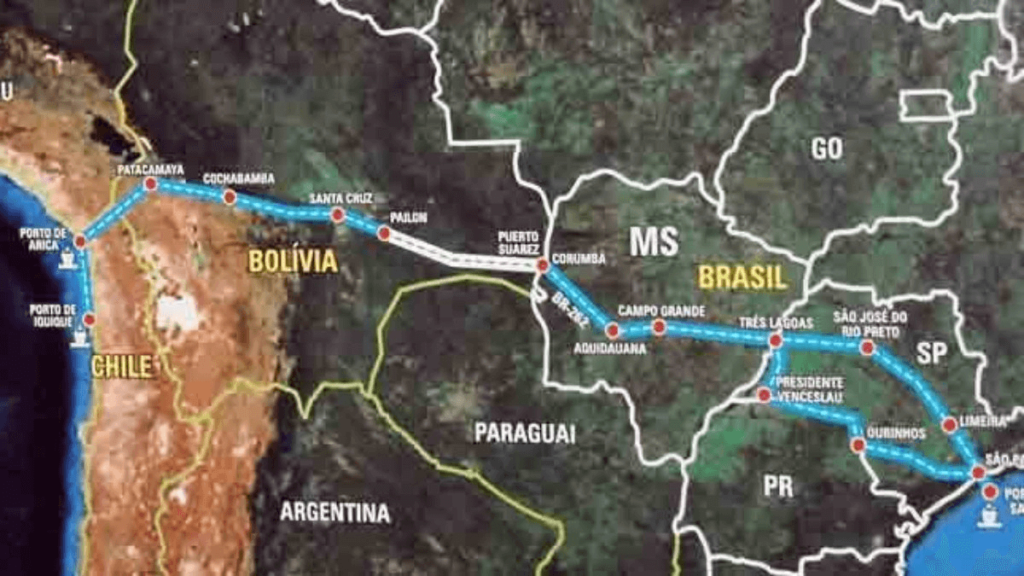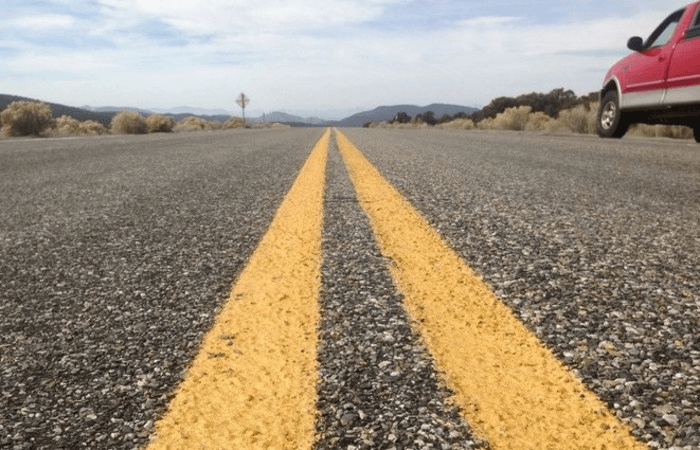
What is the bioceanic corridor?
According to surveys by the National Transport Confederation (CNT), the transportation of about 60% of the cargo handled throughout Brazil, and 90% of people in cities, is done by road. In this way, we can understand a lot the importance of this sector for the country.
Since the mid-1960s, in the period of military governments, investments have gone up exponentially, making this sector a priority in relation to rail transport, for example.
The division of road areas is done in a similar way in relation to railways, through concessions. In this way, part of the road network is controlled by the government and another by the private sector.
According to CNT data, Brazil has an extension of more than 1.7 million km of road network. Despite the enormous extension, one of the largest in the world, the highways and roads undergo several problems, such as the lack of paving, since only about 105 thousand km of the road extension is paved.
We present this whole contextualization panorama so that from now on we can start talking about our main point, which is the bioceanic corridor project. Do you know what this is? Well, if you don't know and want to understand better what we're talking about, just continue with us.
Content Index
Bioceanic Corridor

The bioceanic corridor is a project for the construction of a large road mileage that connects several South American countries. The creation takes place from the need for this connection, which would increase the production and port supply of the locations covered by the route.
The projection is that the bioceanic corridor is over 4400 km long, starting at the port of Santos and passing through several Brazilian states until reaching neighboring countries such as Paraguay, Argentina and Chile. The intention is also to unite exports and imports in the Atlantic and Pacific oceans.
Another favorable point for the presentation of the project is that countries such as Paraguay and Bolivia, which do not have access to the sea, would have ways of increasing the flow of their production, connecting with the ports in Chile and Brazil.
Importation would also be facilitated for the Asian world, mainly for China, which is a nation strongly interested in this construction and which even promised to make a series of investments in the bioceanic corridor, since the country would benefit fully from the increase in imports. South American products, mainly from Brazil, which has long been a strong economic partner of China.
Tourism is also another point presented so that there is more certainty in the realization of the construction, since the route will pass through several points where beautiful landscapes are found, which, consequently, are quite attractive points for the tourist activity.
Stagnation

The project, which has been approached for some time, is unfortunately stalled. This is mainly due to the constant governmental changes in the countries involved, the exchange of ideologies and positioning, as well as the priorities established by the government.
Bolivia and Brazil are the main points in this regard. The strong political instability, with the overthrow of the Bolivian president and the uncertainties that the country is going through, meant that the plan was put aside. In Brazil, on the other hand, the governmental change brought about by the impeachment of President Dilma Rousseff, in 2016, combined with the total change of ideology of the current government in relation to the previous ones caused the project to stall.
Brazil is also experiencing instability in relation to partnerships with China, since the current government has been changing the practices of partnership with the country, creating a strong uncertainty regarding the investments in the bioceanic corridor by the Chinese nation.
Another important aspect that involves a series of problems is the environmental impact that this construction will have. The route will pass through important points such as the Atlantic Forest and the Pantanal. Thus, there is a need for deforestation and changes in the composition of the wetland. This could be very damaging, both for the ecosystem and for the animals, as well as for the indigenous tribes that inhabit the nearby regions and that depend on the food obtained through fishing.
In addition, here in Brazil the bioceanic corridor generates a series of debates and many people point out that this construction is quite controversial, mainly due to the fact that Brazil would be the main investor of the work and since it would facilitate the transport of cargo and the import for other South American countries, Brazil would be wasting resources.
Benefits of the bioceanic corridor

According to studies carried out by the Brazilian government on the development of the bioceanic corridor, there may be a significant decrease in the commercial cost in relation to imports and exports to countries such as China, reaching up to a 25% reduction.
In this way, the project presents itself as a strong potential for economic improvement, since by reducing this cost, resources can be redirected to other priority points. In addition, the creation of the bioceanic corridor would expand the options for transporting Brazilian cargo.
Forecasts

Although the project is not yet being fully implemented, some points that involve the project are already expected to be started and completed. In 2019, the planning director of the National Department of Transport Infrastructure (DNIT) explained that the construction of the bioceanic corridor will begin in 2021, with the construction of a bridge that connects the municipality of Porto Murtinho to Carmelo Peralta, in Paraguay. In addition, in the same period works will be taking place to expand the highways that will also be part of the composition of the bioceanic corridor, such as the BR-267.
Transoceanic Railway

Finally, it is important to comment on a construction that is also being projected for another important transport sector in the country, which is the railway sector. Like the bioceanic corridor, the transoceanic railroad also aims at connecting South American countries to expand the possibilities of supplying ports in the locations involved. This network is planned to interconnect Brazil and Peru, increasing the Brazilian railway extension.
In the same way that the bioceanic corridor faces difficulties to be implemented, so it is with the transoceanic railway, which also goes through a series of insecurities for the people involved in the project. Therefore, it is not yet in a full construction phase. Some points are in a more advanced discussion, mainly with regard to the logistics part, as they intend to be built regardless of the effectiveness of the transoceanic railroad.
Conclusion
Through the points presented in the text, we can conclude that the creation of the bioceanic corridor presents positive and negative points, and that is precisely why the project continues to generate a series of doubts among governors, researchers and other people involved. Thus, the plan continues to be developed at a slow pace and does not yet have a concrete prediction as to whether it will actually be realized and when it will occur.
Stay on top of our other content on our Blog..
Searchs:
https://www.acritica.net/












